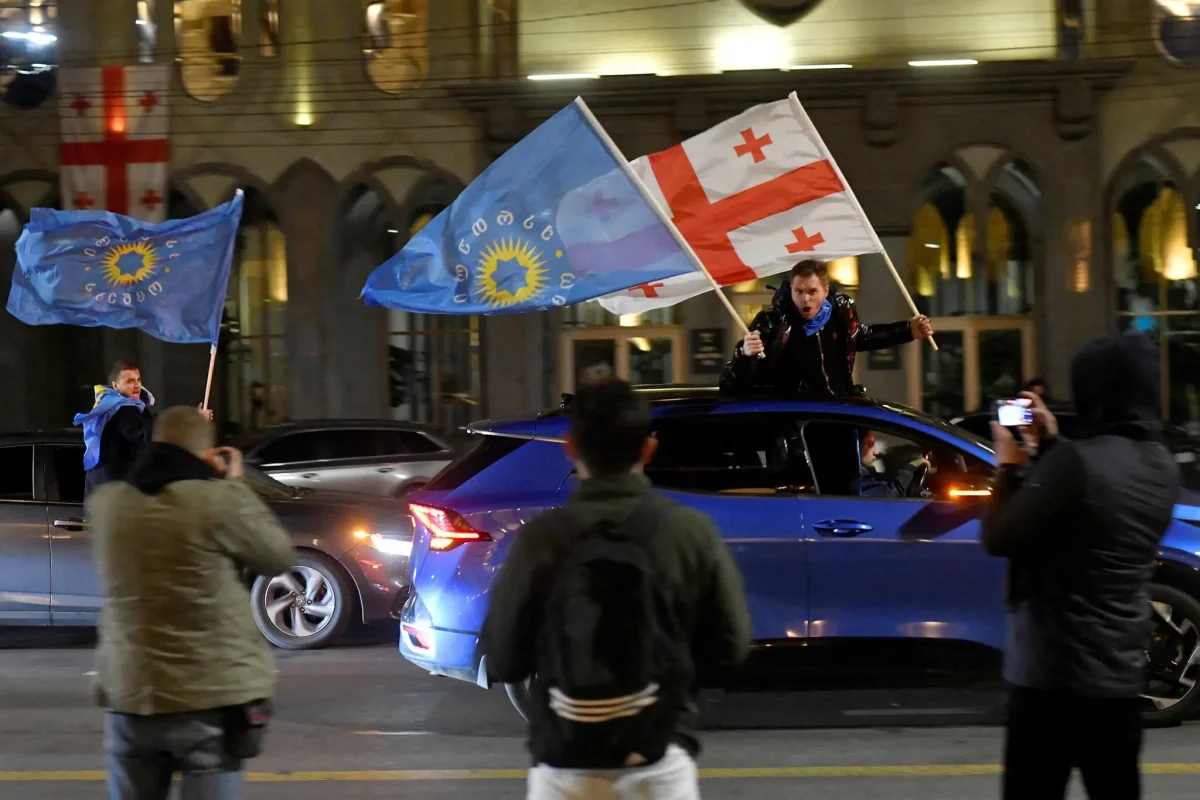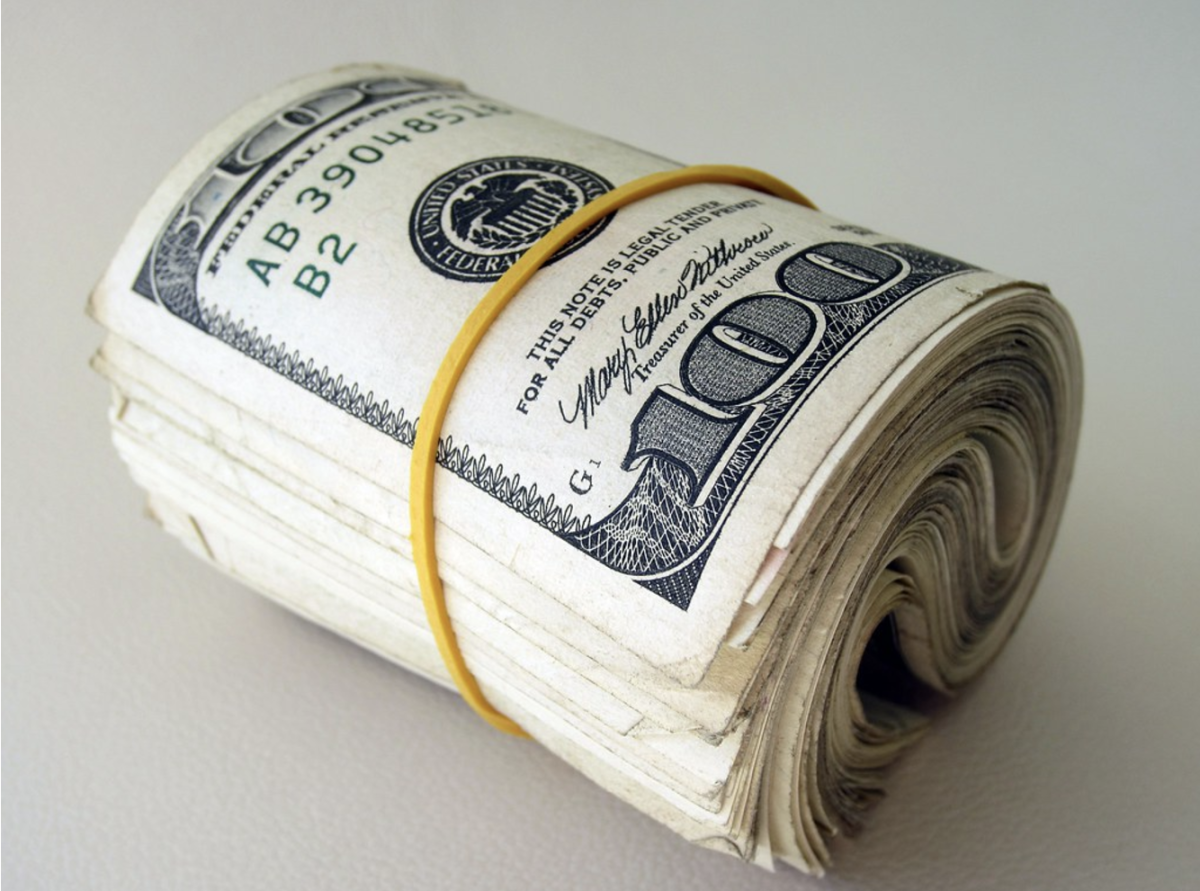Here at WIS, 95 percent of students between ninth and twelfth grades watch YouTube, with 92 percent of us watching it weekly and 46 percent of us watching it daily. But how many of us know what’s going on behind the scenes for the content creators who we watch? Recently, content creators on YouTube are being cheated by YouTube’s system, losing their freedom of speech to corporations who only pay for their advertisements to be displayed on ‘family friendly’ content on YouTube. But before we get into that, let’s go over what YouTube is, how the monetization and copyright systems work and how they’re being abused by scam companies.
YouTube is an online video platform with over 1.9 billion logged users and with tens of thousands of individual content creators who distribute their content over the platform. Every day, over one billion hours of content is watched by people all over the world. But how did it become this?
YouTube was created in February 2005 by three coworkers: Steve Chen, Jawed Karin and Chad Hurley. The focus of its creation was for it to be a platform in which people all over the world have a place to find videos online. In November 2006, internet giant Google bought the company for one point six billion dollars.
Since then, the platform has grown rapidly and has been a hub for celebrities such as Pewdiepie, James Charles and David Dobrik. The way in which the platform generates revenue solely comes from advertising. Advertisements appear in various different formats, such as being embedded in a monetized video posted by a content creator, or as a side banner that users will see as they browse the site.
To be able to make revenue for a video, content creators have to meet certain guidelines. First of all, they need to have more than four thousand hours of watch time (amount of time people have watched their videos) in the past 12 months. In addition to this, the user must have one thousand YouTube ‘subscribers’ (people who follow their channel).
After the content creator meets these requirements and has created an AdSense account, they can apply to have their channel monetized, and YouTube will determine the monetization of the channel based on if they meet YouTube’s ‘community guidelines’ and YouTube’s partner guidelines. This means that the user cannot have any content that involves hateful, violent, harassment, impersonation, threats, spams, scams or sexual actions. Any content that intentionally reveals another user’s personal information will also meet abrupt counter actions by YouTube themselves.
Despite this, YouTube says that they support free speech and monetization is only done for ‘advertiser-friendly’ videos. After a user is approved, they can have their videos monetized if they follow the community guidelines and the copyright rules, making the content censored to follow what advertisers find to be the most compelling.
So now, you may ask, how much can one make off a monetized YouTube video? According to Video Power Marketing, viewers engagement with the advertisements is what makes money. In a hypothetical situation, let’s say a content creator makes a monetized video that receives one million views. If one thousand people have clicked on a displayed ad on the video, the cost per click would be one dollar and thirty-eight cents. This means that the total revenue made would be one thousand three hundred eighty dollars.
From that, Google keeps around forty-five per cent of the revenue. This leaves you with a payout of seven hundred fifty-nine dollars. This means you get $1 for every 1317 views.
Recently, the ads on YouTube have dictated the content. It has curbed users towards more “family-friendly” content, which includes factors such as minimal swearing. Additionally, any topics that are deemed controversial (such as school shootings or the Palestine-Israeli conflict) will be immediately deemed as not advertiser-friendly. These are the policies of monetization in regard to the community guidelines, which have been increasingly censored.
But the biggest issue for content creators is for when they make videos that follow the community guidelines but disobey the copyright rules.
Many content creators who insert external media that are not theirs can use this media under ‘fair use’. As stated by copyright.gov, fair use “is a legal doctrine that promotes freedom of expression by permitting the unlicensed use of copyright-protected works in certain circumstances. Section 107 of the Copyright Act provides the statutory framework for determining whether something is under fair use and identifies certain types of uses—such as criticism, comment, news reporting, teaching, scholarship, and research—as examples of activities that may qualify as fair use.” Many times though, this can be bypassed and companies and content creators can attempt to abuse the system to censor any criticism against them.
In 2016, YouTube channel H3H3 made a video that criticized and mocked another content creator, Matt Hosseinzadeh. Hosseinzadeh responded by filing a DMCA takedown of the video. The takedown was countered by H3H3, claiming that the video was under fair use. This provoked legal action by Hosseinzadeh.
The lawsuit brought an outpour of moral and financial support from fellow content creators and fans for H3H3. After 3 days, $170,765 was raised to help them defend themselves. After a long fight, the lawsuit ended up in a win for H3H3.
Although what is considered fair use is still on the fence, YouTube’s copyright system has received criticism from many content creators who claim that it is broken. The system works as follows: when a video has detected copyrighted content, such as copyrighted music, the content is detected by YouTube, and YouTube hands over complete control to the company that is in charge of defending the original creator of said content.
For example, a content creator can have a ‘family friendly’ video, but in their video, they use a copyrighted song or video clip without authorization from the artist’s company. YouTube’s system detects that there is a copyrighted song and the information is sent to the company who can decide the monetization for the video.
From here, companies have a small array of choices in regard as to what they can do with the monetization of the video. They can either claim all the revenue, ask for credit, deny the claim, or completely demonetize the video.
After so, the content creator is notified about the claim and can choose what they want to do about it. They are given an option to appeal and say that the company is wrong and that the content is under fair use or they can just mute or edit out the copyrighted section. The content creators are given two chances to appeal, and the company that claimed the video, not YouTube, decides whether they were right or wrong.
If the second appeal fails, the user receives a copyright strike. According to YouTube, you can receive a Copyright strike: “because a copyright owner sent us a complete and valid legal request asking us to do so. When a copyright owner formally notifies us that you don’t have their permission to post their content on the site, we take down your upload to comply with copyright law.” So basically, your video can be taken down if the company wants to.
In the system, a channel gets 3 strikes overall, with the consequences worsening the more you have. With a single copyright strike, your channel has limited uploads, disabled monetization on videos, and YouTube can decide to totally disable your account. This is a biased system that works against creators and has been constantly manipulated by scam companies, making it the biggest issue for content creators in 2019.
False copyright claims and strikes are some of the biggest issues for content creators on YouTube right now. One of the biggest ways that companies can manipulate the system is through manually claiming videos without specifying a reason or a source or even as to which portion of the video is theirs.
This means that the content creator can not edit the part out and get rid of the copyrighted part and earn revenue from their own content. So, with this, companies can claim videos that have been recently posted and that are attracting many views in a short period, and claim all the revenue without specifying what the content is. Then, when the view count starts going down, they can retract the claim before getting caught by YouTube.
An example of such abuse by scam companies can be seen in the situation of James “Jameskii” Swire, a Danish Content Creator on YouTube with more than 1 million subscribers. He makes comedy videos based on video games. Over the last year, he has been one of YouTube’s fastest growing content creators who has faced issues with YouTube’s broken copyright system. In a tweet from January 16, 2019, James vented about one of his false copyright claims. (Seen below)
Just a few weeks later, James posted to his twitter that he received a copyright strike for using a sound effect from a viral video titled “Deez Nutz”, after disputing the claim. This means that he received certain restrictions on his channel unless the strike was reversed by either YouTube or the copyright owner. James verified this claim on his twitter on February 1st, 2019. (Seen below)
As of now, YouTube is frantically trying to balance out the fake claims and also please the content creators. So far, one of the things that they’ve done is clarify the rules for copyright strikes in their March monthly update email through an infographic (seen below).
In the end, YouTube has to find a way to be able to please both advertisers and the YouTube community, whilst also attempting to protect their own content creators from false claims and trying to keep their users active on the site.

































































